E coli microscope magnification 648808-How to identify e coli under a microscope
Examples of Bacteria Under the Microscope Escherichia coli Escherichia coli (Ecoli) is a common gramnegative bacterial species that is often one of the first ones to be observed by students Most strains of Ecoli are harmless to humans, but some are pathogens and are responsible for gastrointestinal infections They are a bacillus shapedCell wall, cell membrane, cytoplasm, flagellum, pilus, and nucleoid C What organelle is missing from E coli?E coli Enteroinvasive Escherichia coli Bacterial cell structure Pathovar, e coli, angle, text, rectangle png Optical microscope Magnification, Microscope, technic, objective, microscope png Bacterial cellular morphologies Morphology Bacterial cell structure Microorganism, microscope, blue, text, technic png
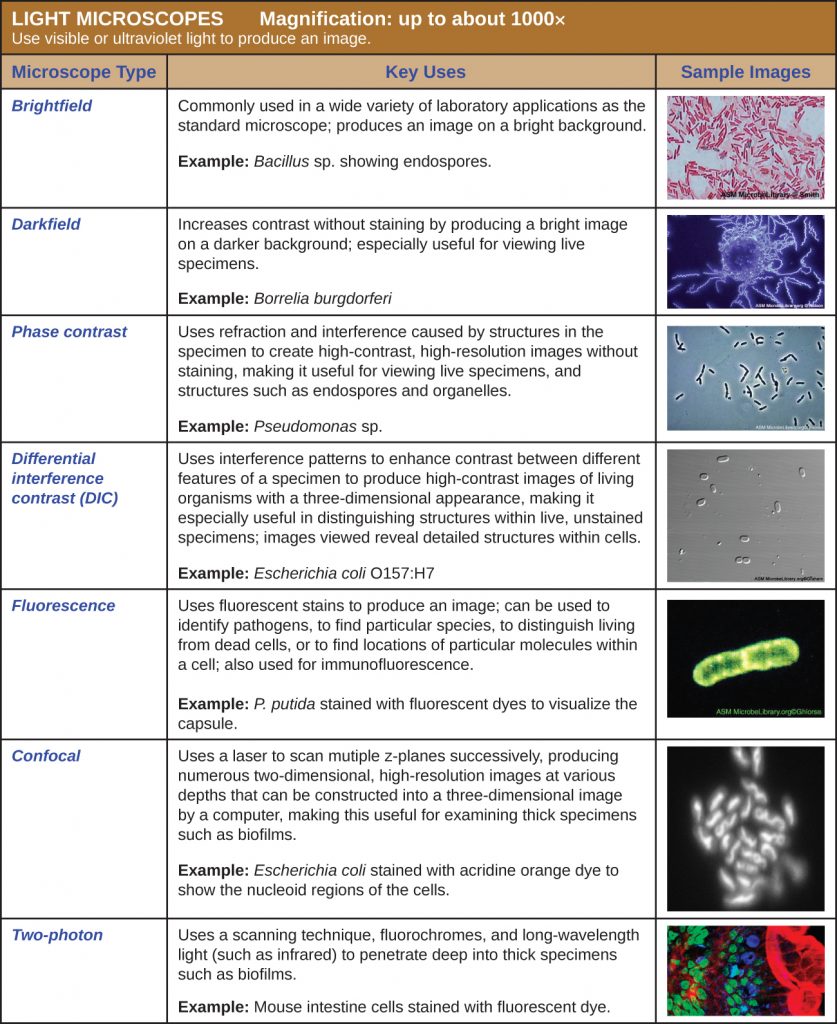
2 3 Instruments Of Microscopy Microbiology Canadian Edition
How to identify e coli under a microscope
How to identify e coli under a microscope-See Fig 6A) Do not close the field iris diaphragm ring on the light source;Under a high magnification of 66X, this digitallycolorized, scanning electron microscopic (SEM) image depicted a growing cluster of Gramnegative, rodshaped, Escherichia coli bacteria, of the strain O157H7, which is a pathogenic strain of E coli



Bacteria Disease Escherichia Coli Pathogens Microscopy Electron Microscopy Electron Microscope Magnification Science Medical Technology Pikist
E Coli Under The Microscope Types Techniques Gram Stain Gram Stained Bacterial Strain 68 Observed Under The Nikon Eclipse Hd00 52a Colony Of Bacteria Under A Microscope Magnification Of How To View Bacteria Through Microscope With Oil ImmersionThe total magnification of a microscope with 10X ocular lens and 40X objective lens would be 400x Which of the microscope images could be consistent with Gramstained Escherichia coli, or Proteus vulgaris?This will give a total magnification of 1000X 4 Turn the light intensity control dial on the righthand side of the microscope to 6 Make sure the iris diaphragm lever in front under the stage is set approximately at 09, (toward the left side of the stage;
To observe E coli with any detail, you will need to use the 100X lens, which is also known as an oil immersion lens This is the longest, most powerful and most expensive lens on the microscope, requiring extra care when using it As the name implies, the 100X lens is immersed in a drop of oil on the slideThe primary habitat of E coli is in the gastrointestinal (GI) tract of humans and many other warmblooded animalsEscherichia Coli, Sem Of Bacteria Pili, Magnification 0000X Get premium, high resolution news photos at Getty Images
About 15pm B What organelles are present in E coli?The Best E Coli Microscope of 21 – Reviewed and Top Rated After hours researching and comparing all models on the market, we find out the Best E Coli Microscope of 21 Check our ranking below 2,9 Reviews ScannedAs indicated in the student notes, the first slide that was prepared using aseptic technique and the Gram Staining method was a slide containing cultures of M luteus and E coli When examining this slide under the microscope at 1000X magnification, I observed some clusters and mostly doubles of coccishaped purple colonies



Bacteria Disease Escherichia Coli Pathogens Microscopy Electron Microscopy Electron Microscope Magnification Science Medical Technology Pikist
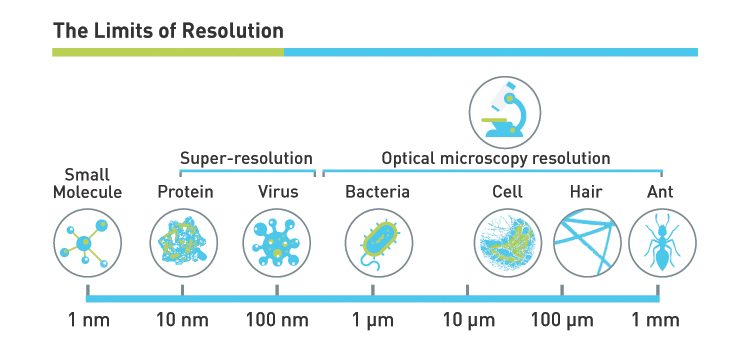


What Magnification Do I Need To See Bacteria Westlab
The resolution of a microscope depends on the wavelength of light used 3 Increasing magnification of an image will also increase the resolving power A microbiologist inoculates Staphylococcus epidermidis and Escherichia coli into a culture medium Following incubation, only the E coli grows in the cultureEscherichia coli and Staph aureus ()jpg 2,160 × 1,440;E coli is roughly 2micrometers (um) in length How big would an image of E coli appear on a microscope with a 10x objective and the 40x objective in a microscope (Remember when looking under all objectives you must factor in the ocular magnification which is 10X)



2 194 E Coli Photos And Premium High Res Pictures Getty Images



What Does An E Coli Bacteria Look Like Under A Microscope Quora
Light microscope footage of Escherichia coli bacteria moving around E coli is a Gramnegative bacterium found in the intestines of warmblooded animals It is a normal member of the gut flora, but some strains of E coli can cause food poisoning The bacterial cells are around 2x05 micrometres in size This is the K12 strainThe prepared microscope slide image of Bacillus Subtilis at left was captured at 400x magnification Learn more here E Coli E Coli under the microscope at 400x E Coli (Escherichia Coli) is a gramnegative, rodshaped bacterium Most E Coli strains are harmless, but some serotypes can cause food poisoning in their hostsE coli is a Gramnegative rodshaped bacteria When Gram stained, the organism looks pink or red Here are a couple of pictures of a Gram stain of E coli that I did under the 100X objective lens on a standard light microscope You can of course
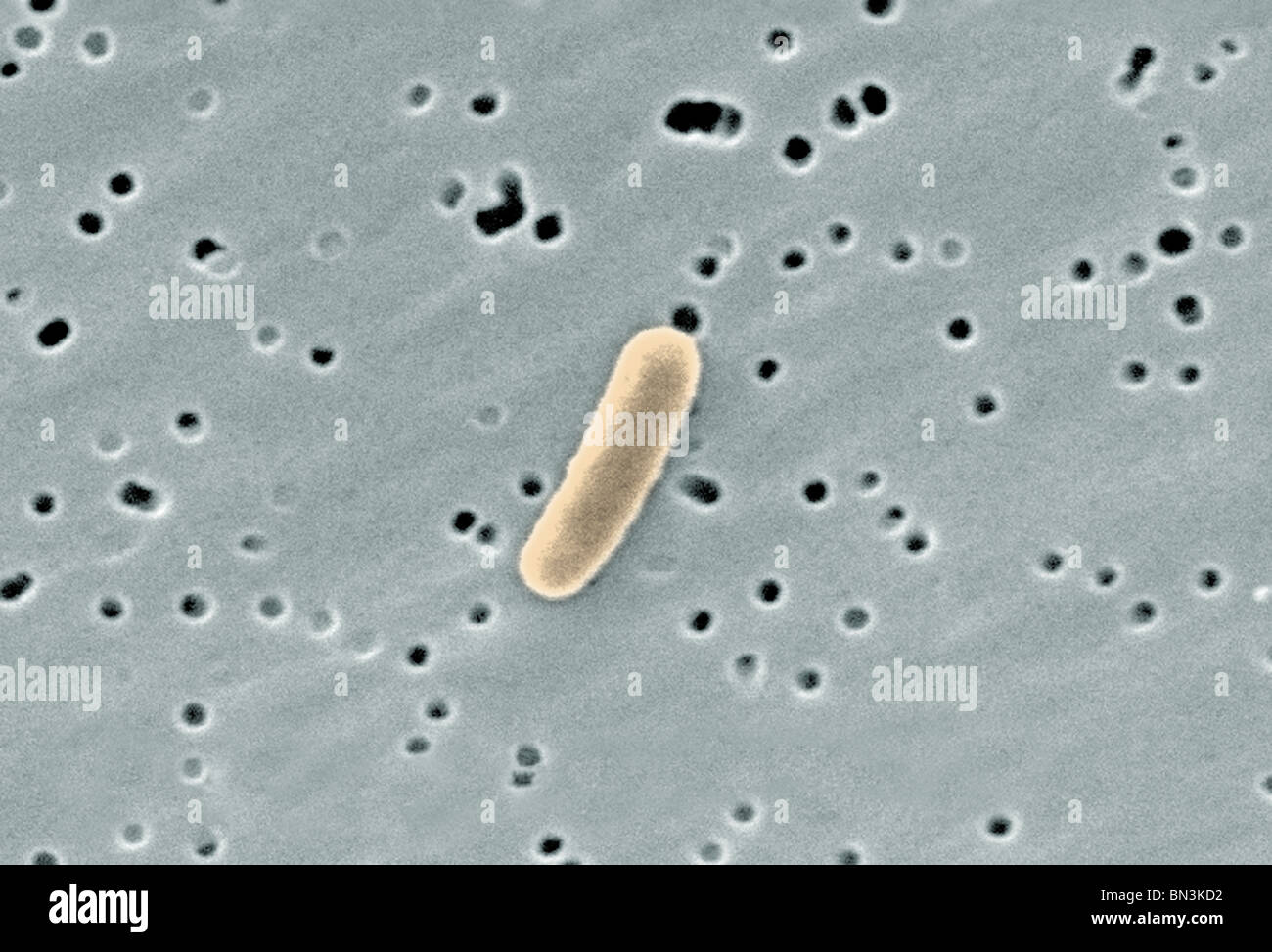


Gram Negative Escherichia Coli Bacterium At A Magnification By Stock Photo Alamy


Staphylococcus Aureus And Ecoli Under Microscope Microscopy Of Gram Positive Cocci And Gram Negative Bacilli Morphology And Microscopic Appearance Of Staphylococcus Aureus And E Coli S Aureus Gram Stain And Colony Morphology On Agar Clinical
See Fig 6A) Do not close the field iris diaphragm ring on the light source;The prepared microscope slide image of Bacillus Subtilis at left was captured at 400x magnification Learn more here E Coli E Coli under the microscope at 400x E Coli (Escherichia Coli) is a gramnegative, rodshaped bacterium Most E Coli strains are harmless, but some serotypes can cause food poisoning in their hostsE coli, (Escherichia coli), species of bacterium that normally inhabits the stomach and intestines When E coli is consumed in contaminated water, milk, or food or is transmitted through the bite of a fly or other insect, it can cause gastrointestinal illness Mutations can lead to strains that cause diarrhea by giving off toxins, invading the intestinal lining, or sticking to the intestinal



What Does An E Coli Bacteria Look Like Under A Microscope Quora
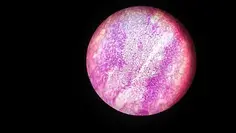


E Coli Under The Microscope Types Techniques Gram Stain Hanging Drop Method
A fluorescence microscope is used for timelapse imaging of the RBL cell sensor An argonion laser (4 nm) is used for Fluo4 excitation, and a 515 nm dichroic filter is selected for green fluorescence emission The glass bottom dish is mounted on the fluorescent microscope in position A fluorescence picture of RBL cells is taken after the baseline of fluorescence is stabilizedMicroscopic image, bacteria, disease, escherichia coli, pathogens, microscopy, electron microscopy, electron microscope, magnification, science Public Domain FreeAs indicated in the student notes, the first slide that was prepared using aseptic technique and the Gram Staining method was a slide containing cultures of M luteus and E coli When examining this slide under the microscope at 1000X magnification, I observed some clusters and mostly doubles of coccishaped purple colonies
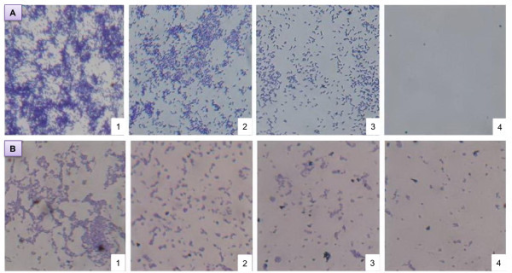


Microscope Observation Of Biofilm Inhibition Biofilm I Open I



Gram Stain Of E Coli Bacterium A Gram Stain Of Shows Gramnegative Download Scientific Diagram
This will give a total magnification of 1000X 4 Turn the light intensity control dial on the righthand side of the microscope to 6 Make sure the iris diaphragm lever in front under the stage is set approximately at 09, (toward the left side of the stage;It is rod shaped and is found in the human intestines The prepared microscope slide image of Bacillus Subtilis at left was captured at 400x magnification Learn more here E Coli E Coli under the microscope at 400x E Coli (Escherichia Coli) is a gramnegative, rodshaped bacteriumMicroscopes will vary as to the field of view that they show 4 Field of view can be measured by using the 100X ruler(a 'student' millimeter ruler as seen under 100 power magnification) and counting and estimating the number of mm's in the view at the widest point, the diameter (app 15 mm here, individual microscopes will vary)



Microscope World Blog Microscopy Gram Staining


Gram Stain
This is a simple video of E coli moving in a hanging drop of deionized water, seen from a compound microscope at 1000 xThe Best E Coli Microscope of 21 – Reviewed and Top Rated After hours researching and comparing all models on the market, we find out the Best E Coli Microscope of 21 Check our ranking below 2,9 Reviews ScannedLike E coli live in the intestines of animals where they help in producing the vitamin k2 in addition to preventing pathogenic bacteria from thriving in the large intestine See Also EColi Under the Microscope
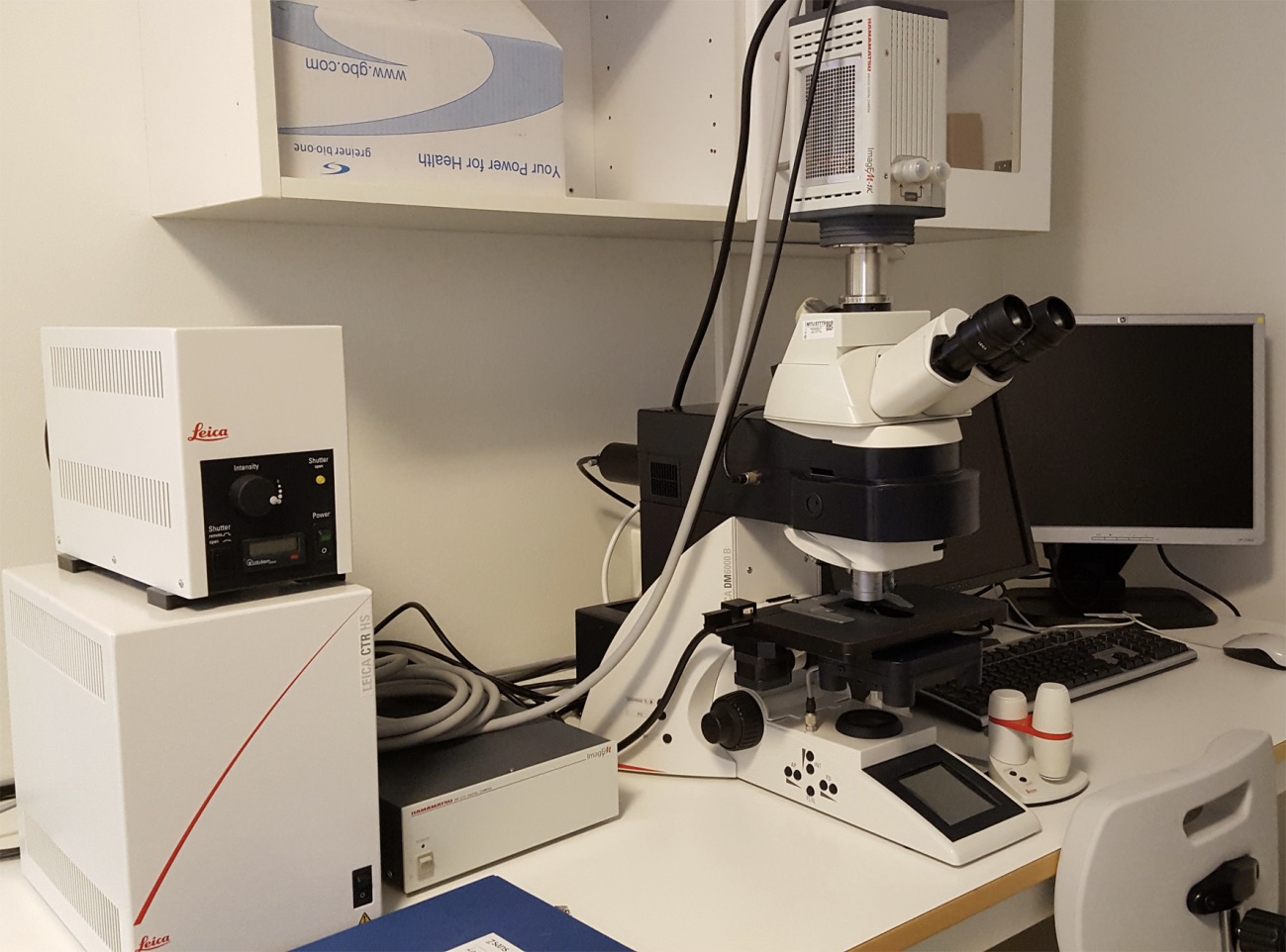


Ouh Wide Field Microscopy


Pbstatemicrobiology Licensed For Non Commercial Use Only Gram Stain
Under a high magnification of 66X, this digitallycolorized, scanning electron microscopic (SEM) image depicted a growing cluster of Gramnegative, rodshaped, Escherichia coli bacteria, of the strain O157H7, which is a pathogenic strain of E coli High Resolution Click here for hiresolution image (1642 MB) Content Providers(s)E Coli This Electron Microscope Inspired Image Of The Bacteria E Gram Negative Escherichia Coli Bacterium At A Magnification By Scanning Electron Micrograph Of An E Coli A H Pylori B Pin On Fascinating E Coli Electron Micrograph E Coli Virus Electron Stock Footage Video 100 Royalty Free4 Observe Click on the cow and observe E coli under the highest magnification Notice the microscope magnification is larger for this organism, and notice the scale bar is smaller A What is the approximate size of E coli?
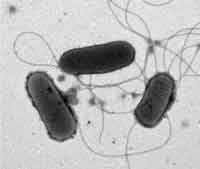


Know Your Enemy Escherichia Coli E Coli Global Food Safety Resource



Escherichia Coli Bacteria E Coli Stock Footage Video 100 Royalty Free Shutterstock
263 MB Escherichia coli electron microscopyjpg 800 × 640;When viewed under the microscope, Gramnegative E Coli will appear pink in color The absence of this (of purple color) is indicative of Grampositive bacteria and the absence of Gramnegative E Coli Escherichia coli under 10х90х magnification using fuchsine as a dye by ElNokko (Own work) CC BYSA 40 (http//creativecommonsorg/licenses/bysa/40), via Wikimedia CommonsThat said, looking at bacteria at, say, 400X or 1000X magnification will offer stunning detail, including bacteria swimming, and different cell parts Be patient while viewing The truth is, bacteria can be hard to recognize for beginners and expert microscope users alike, so you need to be patient when using the microscope


Koli Bacteria Bacteria Microorganisms Escherichia Coli Medical Disease Illness Magnification Pathogens Microscopy Electron Microscope Electron Microscopy Pixcove


Q Tbn And9gctvlg8cfj3wbcqglqgz5ok7oaazws4 N7uw42lv0eqd8tcupecg Usqp Cau
Escherichia coli bacteria on blood agar e coli under a microscope stock pictures, royaltyfree photos & images petri dishes with culture media for sarscov2 diagnostics, test coronavirus covid19, microbiological analysis e coli under a microscope stock pictures, royaltyfree photos & imagesE coli under the microscope Escherichia coli (E coli) is a bacterium commonly found in various ecosystems like land and water Most of the strains of E coli are harmless, but some strains are known to cause diarrhea and even UTIs E coli is commonly studied as they are considered as a standard for the study of different bacteriaE coli is the normal flora of the human body;
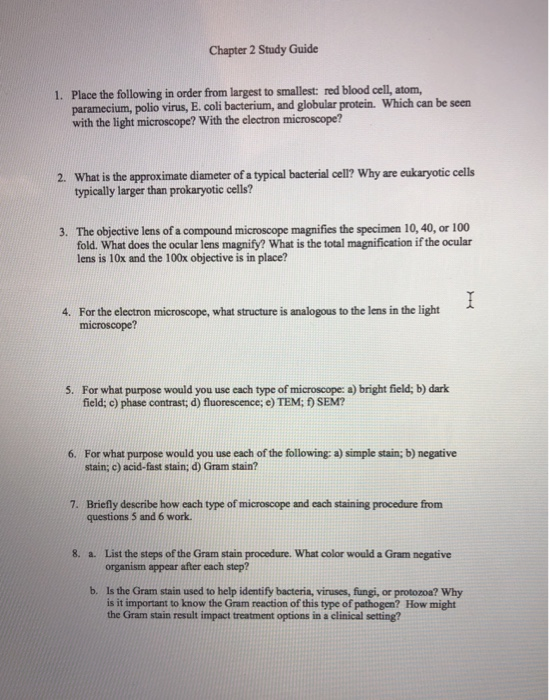


Solved Chapter 2 Study Guide 1 Place The Following In Or Chegg Com


Gram Stain
E Coli Under The Microscope Types Techniques Gram Stain Gram Stained Bacterial Strain 68 Observed Under The Nikon Eclipse Hd00 52a Colony Of Bacteria Under A Microscope Magnification Of How To View Bacteria Through Microscope With Oil ImmersionGreat working distance and depth of field are important qualities for this type of microscope Both qualities are inversely correlated with resolution the higher the resolution (ie the greater the distance at which two adjacent points can be distinguished as separate), the smaller the depth of field and working distanceSome stereo microscopes can deliver a useful magnification up to 100The length can range from 110 µm for filamentous or rodshaped bacteria The most wellknown bacteria E coli, their average size is ~15 µm in diameter and 26 µm in length In this figure The size comparison between our hair (~ 60 µm) and E coli (~1 µm) Notice how small the bacteria are It requires 1000x magnification to see them well



Escherichia Coli Sem Stock Image C043 7660 Science Photo Library


Microscopic Studies Of Various Organisms
Microscopes will vary as to the field of view that they show 4 Field of view can be measured by using the 100X ruler(a 'student' millimeter ruler as seen under 100 power magnification) and counting and estimating the number of mm's in the view at the widest point, the diameter (app 15 mm here, individual microscopes will vary)E coli under the microscope Escherichia coli (E coli) is a bacterium commonly found in various ecosystems like land and water Most of the strains of E coli are harmless, but some strains are known to cause diarrhea and even UTIs E coli is commonly studied as they are considered as a standard for the study of different bacteriaThe prepared microscope slide image of Bacillus Subtilis at left was captured at 400x magnification Learn more here E Coli E Coli under the microscope at 400x E Coli (Escherichia Coli) is a gramnegative, rodshaped bacterium Most E Coli strains are harmless, but some serotypes can cause food poisoning in their hosts
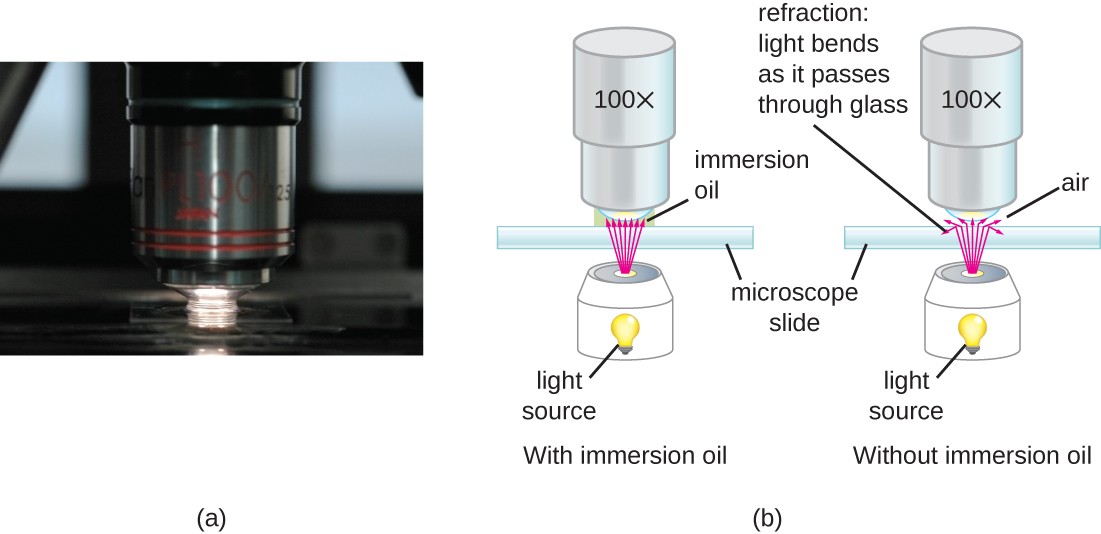


Instruments Of Microscopy Microbiology



Gram Positive And Gram Negative Rods Microscopy Microbiology Microbiology Lab
Higher resolution How Escherichia coli looks like?Interesting and detailed 10,000x magnification of E coli using a scanning electron microscope The image is used in the subject's article Nominate and support BRIAN 0918 1454, 16 July 06 (UTC) SupportTo observe E coli with any detail, you will need to use the 100X lens, which is also known as an oil immersion lens This is the longest, most powerful and most expensive lens on the microscope, requiring extra care when using it As the name implies, the 100X lens is immersed in a drop of oil on the slide
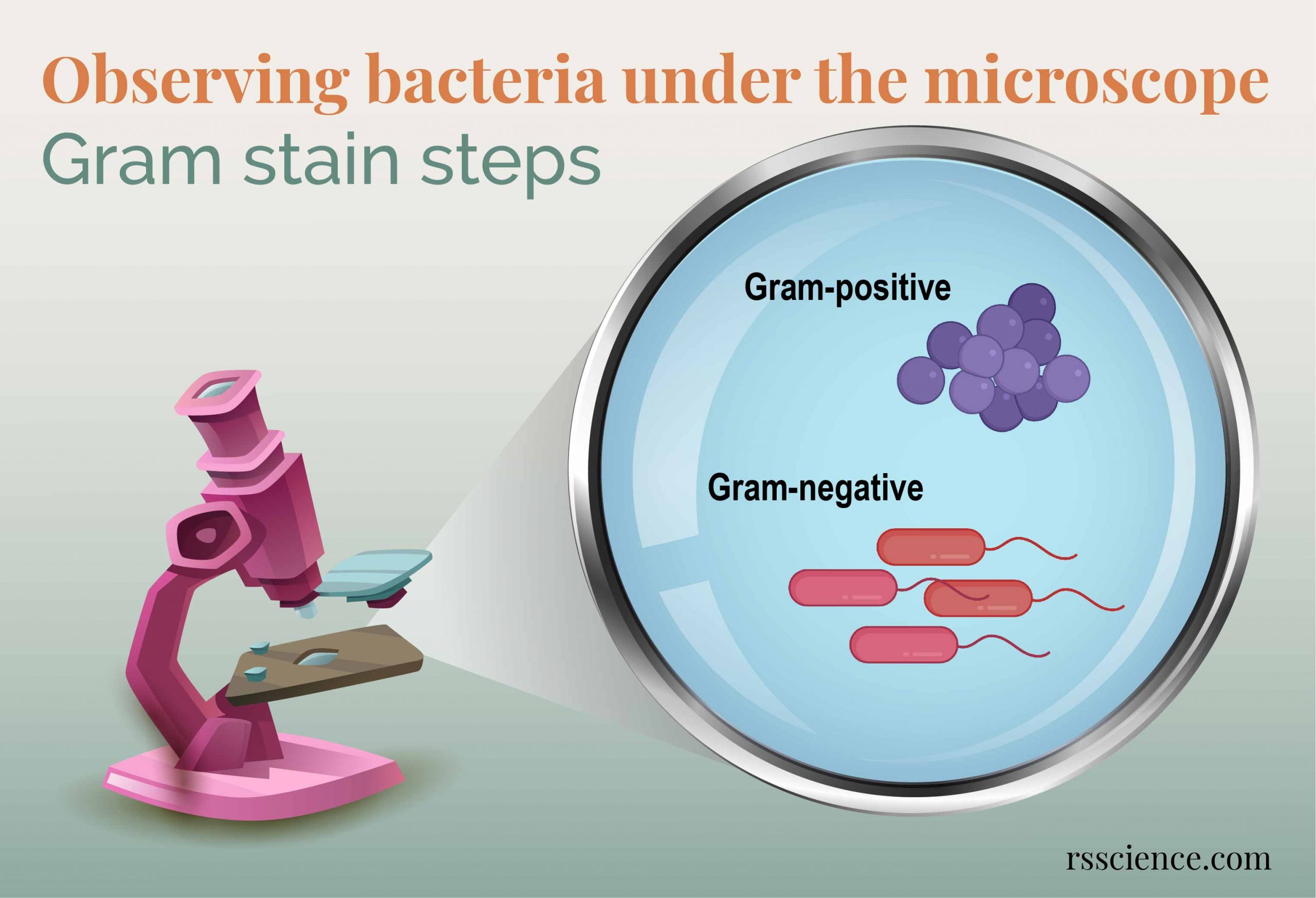


Observing Bacteria Under The Microscope Gram Stain Steps Rs Science


Q Tbn And9gcswouuht13c4cxzkdgvwicdnmwhgkfjwlh40a Eerzzlpwjtmyt Usqp Cau
Plate O On a given microscope, the numerical apertures of the condenser and lowpower objective lenses are 125 and 025E Coli This Electron Microscope Inspired Image Of The Bacteria E Gram Negative Escherichia Coli Bacterium At A Magnification By Scanning Electron Micrograph Of An E Coli A H Pylori B Pin On Fascinating E Coli Electron Micrograph E Coli Virus Electron Stock Footage Video 100 Royalty Free479 KB Escherichia coli flagella TEMpng 600 × 6;



2 3 Instruments Of Microscopy Microbiology Canadian Edition



Zkfaa Bioproses Lab 1 Principles And Use Of Microscope
E coli was discovered by Theodor Escherich in 15 after isolating it from the feces of newborns;A fluorescence microscope is used for timelapse imaging of the RBL cell sensor An argonion laser (4 nm) is used for Fluo4 excitation, and a 515 nm dichroic filter is selected for green fluorescence emission The glass bottom dish is mounted on the fluorescent microscope in position A fluorescence picture of RBL cells is taken after the baseline of fluorescence is stabilizedEscherichia coli bacteria (E coli) under microscope, magnification 1000X D By Dimarion Stock footage ID Video clip length 0021 FPS 2997 Aspect ratio 169 Standard footage license HD $79 1280 × 7 MOV


Pathogenic E Coli



Microorganism Wikipedia
The niche of E coli depends upon the availability of the nutrients within the intestine of host organisms;It depedns Ecoli is a procaryotic microorganism, typically about 2 to 4 µm long, rodshaped bacterium (bacillus) with rounded ends Cells can be shorter than 2 µm or can form long filaments Ecoli is usually motile in liquid or semisolid environment with peritrichous flagella (about 6 per cell) and its surface is covered with fimbriaeBacteria species E coli and S aureus under the microscope with different magnifications Bacteria are among the smallest, simplest and most ancient living



Meet The Microbes Microscopes Are Required To See Individual Microorganisms 2 µm Escherichia Coli Prokaryote Divides Every Min Lab Uses Nonpathogenic Ppt Download



Scanning Electron Microscopy Experiments Performed On E Coli K12 Download Scientific Diagram
Microscopes Compound Microscopes A compound microscope is a microscope that uses multiple lenses to enlarge the image of a sample Typically, a compound microscope is used for viewing samples at high magnification (40 1000x), which is achieved by the combined effect of two sets of lenses the ocular lens (in the eyepiece) and the objective lenses (close to the sample)
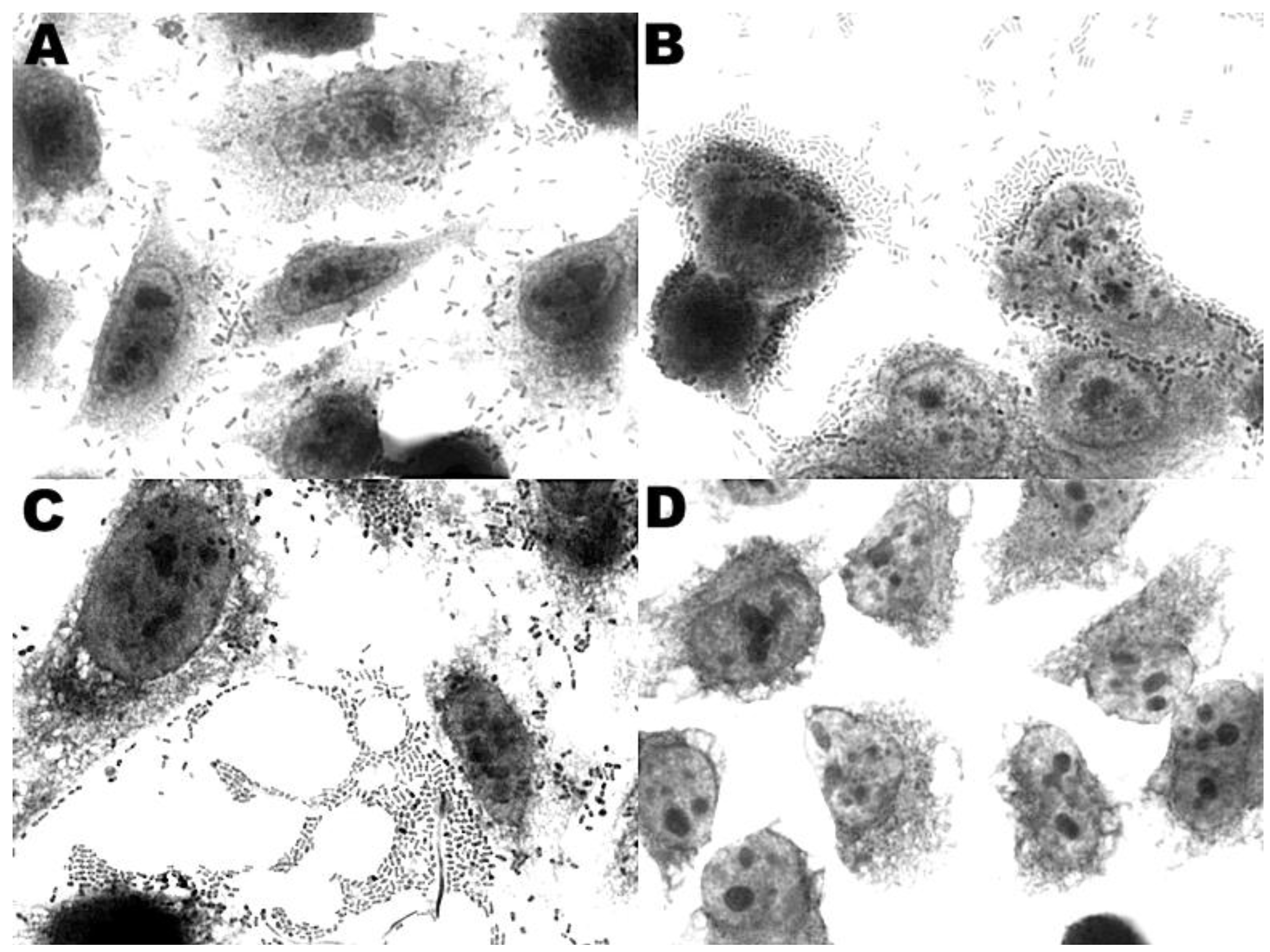


Ijerph Free Full Text Identification Of Diarrheagenic Escherichia Coli Strains From Avian Organic Fertilizers Html



E Coli Bacteria Magnified 12 000x Vettechlife Electron Microscope Images Electron Microscope Microscopic Images



Escherichia Coli Slide W M Science Lab Microbiology Supplies Amazon Com Industrial Scientific
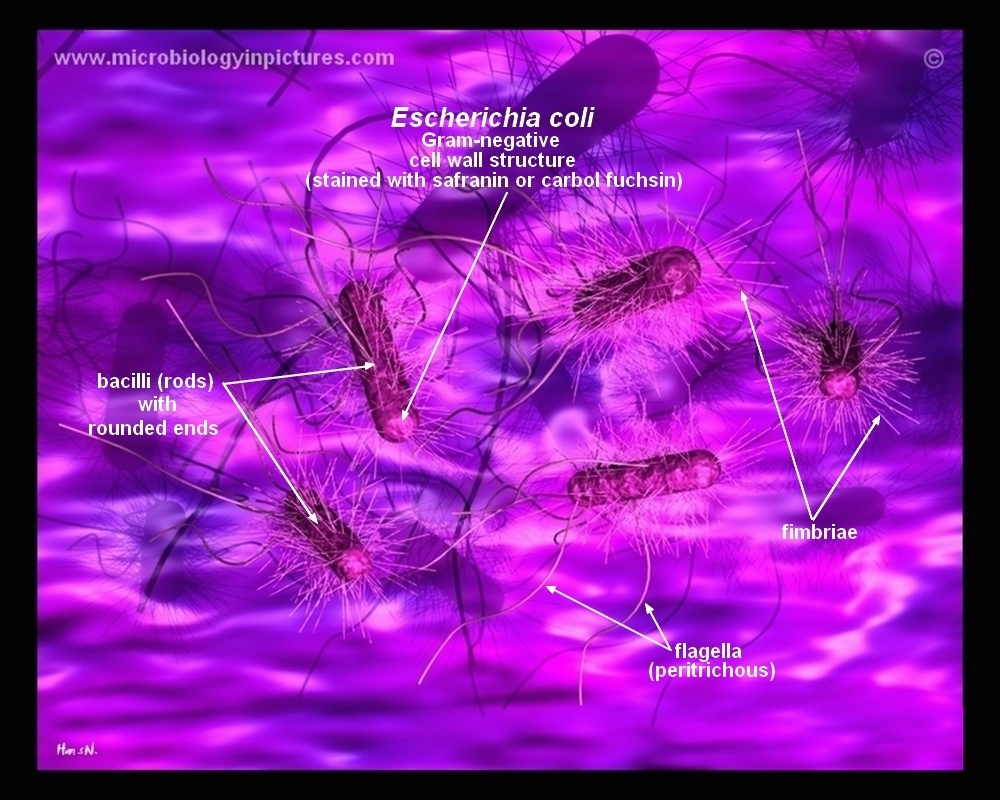


How E Coli Bacteria Look Like



High Magnification Microscope Images Of E Coli Bacteria Immobilised On Download Scientific Diagram
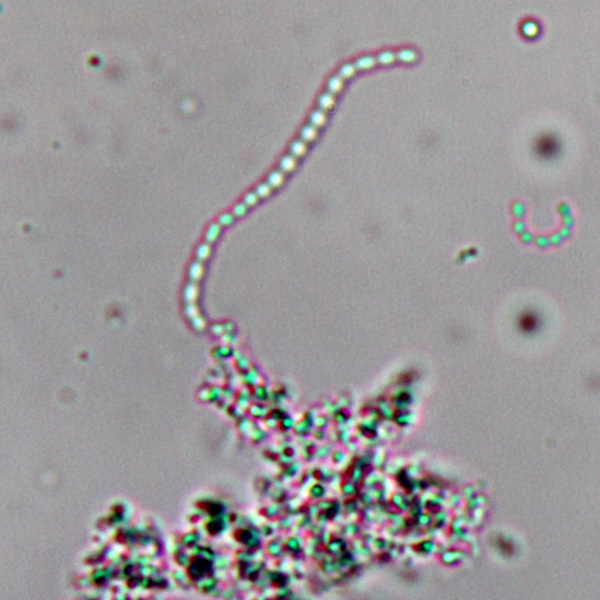


Observing Bacteria Under The Light Microscope Microbehunter Microscopy



Scanning Electron Microscopy Images Of Representative E Coli Mcr1 Nj Download Scientific Diagram



Escherichia Coli Bacteria E Coli Stock Footage Video 100 Royalty Free Shutterstock


Escherichia Coli Electron Microscopy Sem


What Does An E Coli Bacteria Look Like Under A Microscope Quora
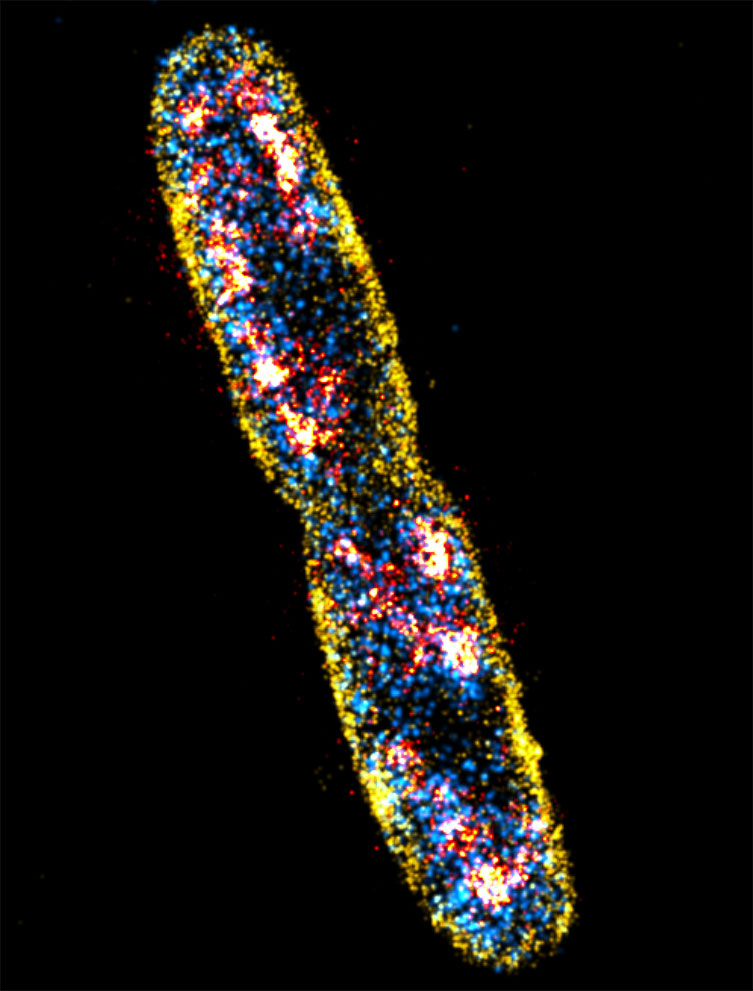


Advantages Of Using Escherichia Coli As A Model Organism Andor Learning Centre Oxford Instruments



Morphology Of E Coli Cells Under Microscope At 100 Magnification Download Scientific Diagram



T Bacteriophages Chomping On E Coli x Magnification Microscopic Microscopic Photography Macro And Micro



Figure 1 From Supplementary Figure 1 Electron Microscopy And Diffraction Data Of Ompg Electron Microscopy Of Different Isotopically Labelled Ompg Preparations After Reconstitution Into E Coli Lipids And Growth Of 2d Crystals


Concentration Of Live E Coli By Using Idep 10 Magnification Download Scientific Diagram


Microscopic Studies Of Various Organisms



An Evolutionary Optimization Of A Rhodopsin Based Phototrophic Metabolism In Escherichia Coli Microbial Cell Factories Full Text



Microscope Imaging Of Methylene Blue Stained E Coli Cells Harbouring Download Scientific Diagram


Http Coltonanderson1 Weebly Com Uploads 2 4 3 0 Manual Pdf



Royalty Free Escherichia Coli Bacteria E Coli Under Stock Video Imageric Com


Q Tbn And9gcrhqamrhg 8akucssqojdpchnmac6deb9stvoqgpwrylyvos9ta Usqp Cau
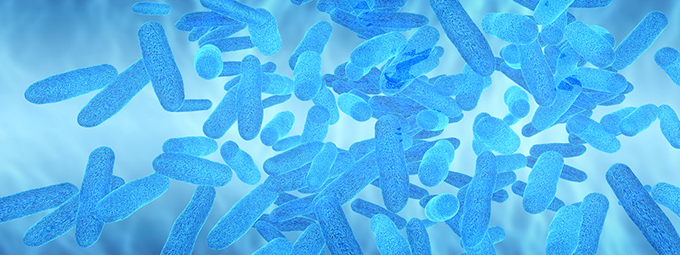


What Magnification Do I Need To See Bacteria Westlab


Pathogenic E Coli


Stable Semi Synthetic Bacterium Created Biology Sci News Com



Fig 5 Mbio



Blue Mounds State Park Needs New Water Source After E Coli Contamination Mpr News


Microscopic Studies Of Various Organisms


What Does An E Coli Bacteria Look Like Under A Microscope Quora
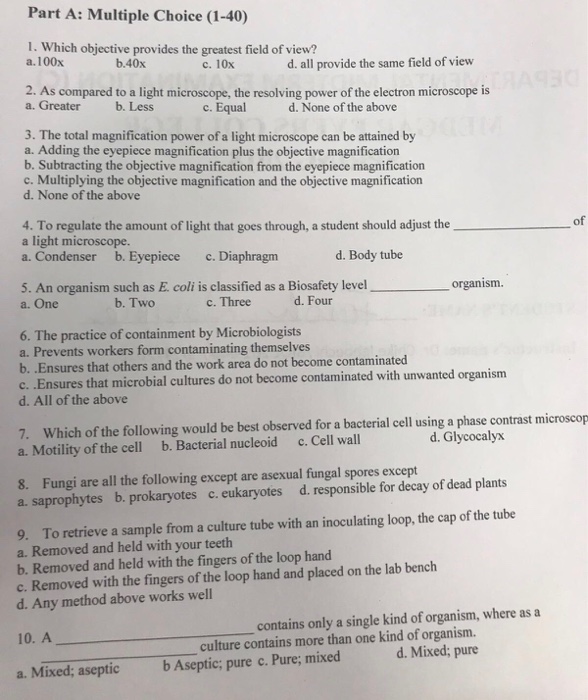


Solved Part A Multiple Choice 1 40 1 Which Objective Chegg Com


Escherichia Coli Light Microscopy
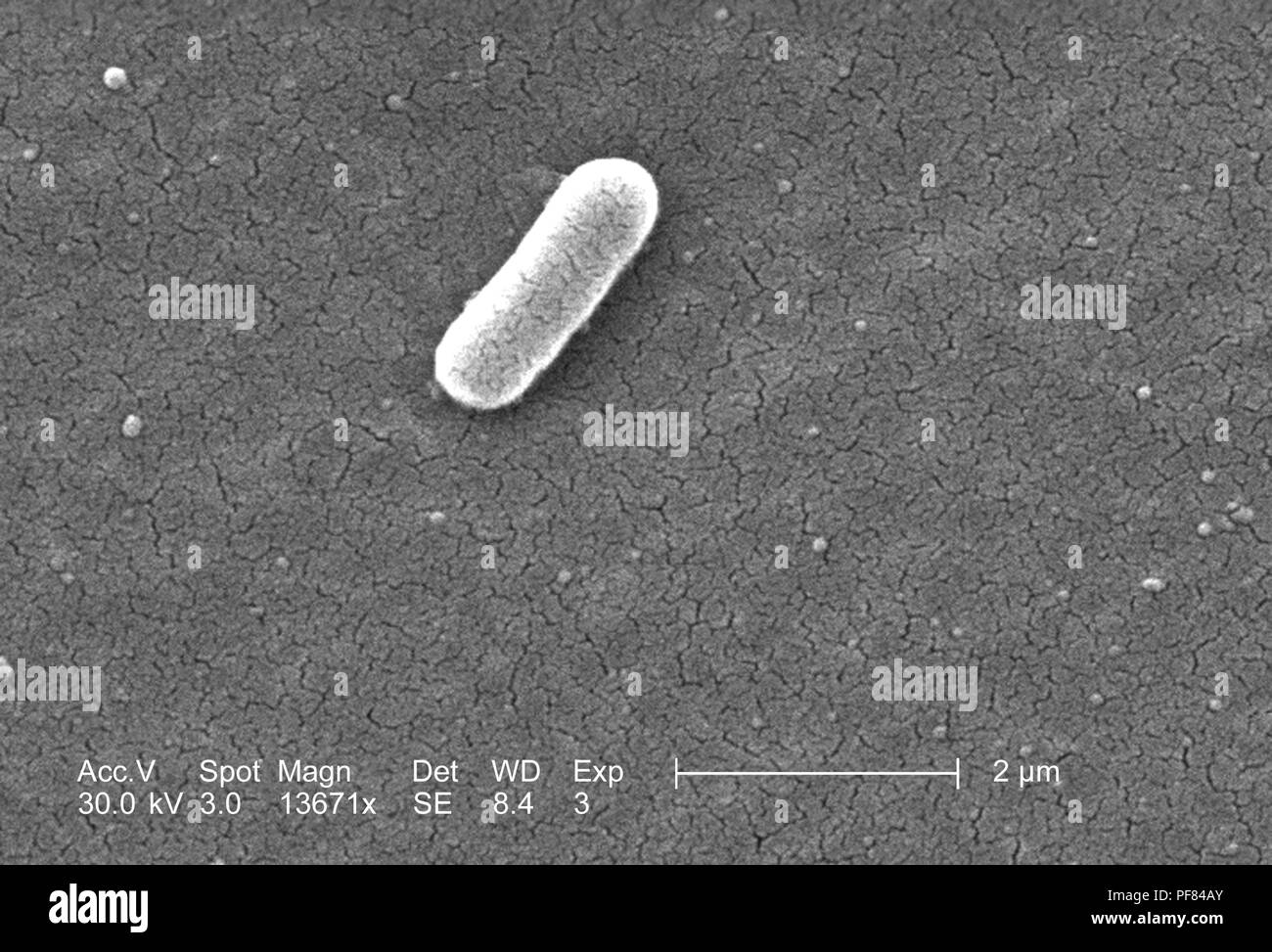


Gram Negative Escherichia Coli Bacteria Of The Strain O157 H7 Revealed In The x Magnified Scanning Electron Microscopic Sem Image 06 Image Courtesy Centers For Disease Control Cdc National Escherichia Shigella Vibrio Reference



Figure 1 Enteroaggregative Escherichia Coli An Emerging Enteric Food Borne Pathogen
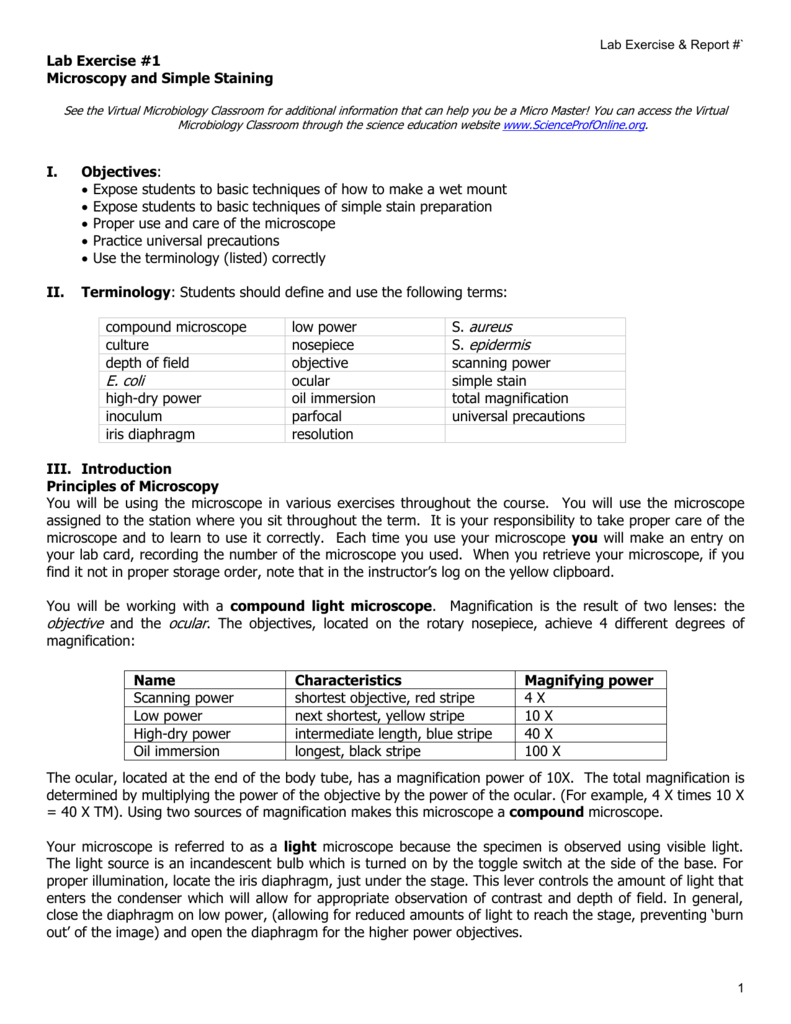


Labexerciseandreport1
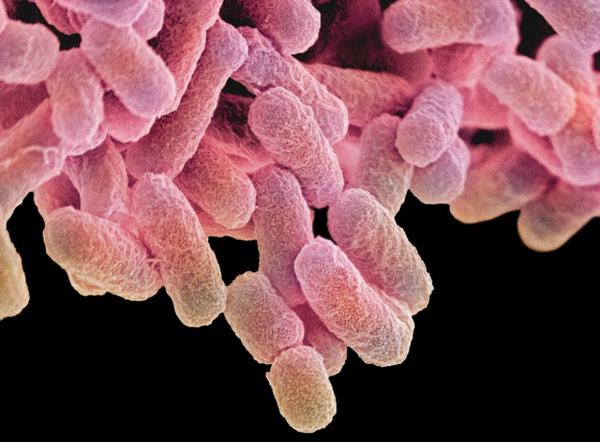


Bayer Pharma Microscope Monday Magnification Of E Coli Bacteria Http T Co U9kwhjsm1g


Plos One Nrdr Transcription Regulation Global Proteome Analysis And Its Role In Escherichia Coli Viability And Virulence



Lab 1 Principles And Use Of Microscope
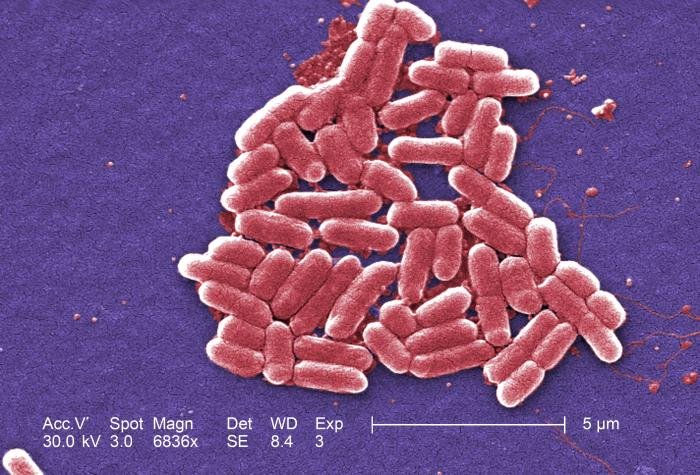


Details Public Health Image Library Phil


What Does An E Coli Bacteria Look Like Under A Microscope Quora


Aph162 Report 1
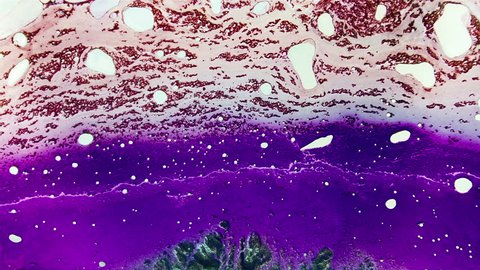


Escherichia Coli Bacteria E Coli Stock Footage Video 100 Royalty Free Shutterstock



Microscopy Gram Staining Microscope World Blog



E Coli Bacteria Britannica


Plos One Cloud Enabled Microscopy And Droplet Microfluidic Platform For Specific Detection Of Escherichia Coli In Water



Pin On Neat Stuffs



File Escherichia Coli Sem Jpg Wikimedia Commons



Observing Bacteria Under The Light Microscope Microbehunter Microscopy



Source Of Deadly E Coli Infection In Wright County Remains Unknown Mpr News


What Does An E Coli Bacteria Look Like Under A Microscope Quora



Microscopic Images Show Growth Of E Coli Atcc Bacteria On Download Scientific Diagram


2



Biophysical Properties Of Escherichia Coli Cytoplasm In Stationary Phase By Superresolution Fluorescence Microscopy Mbio
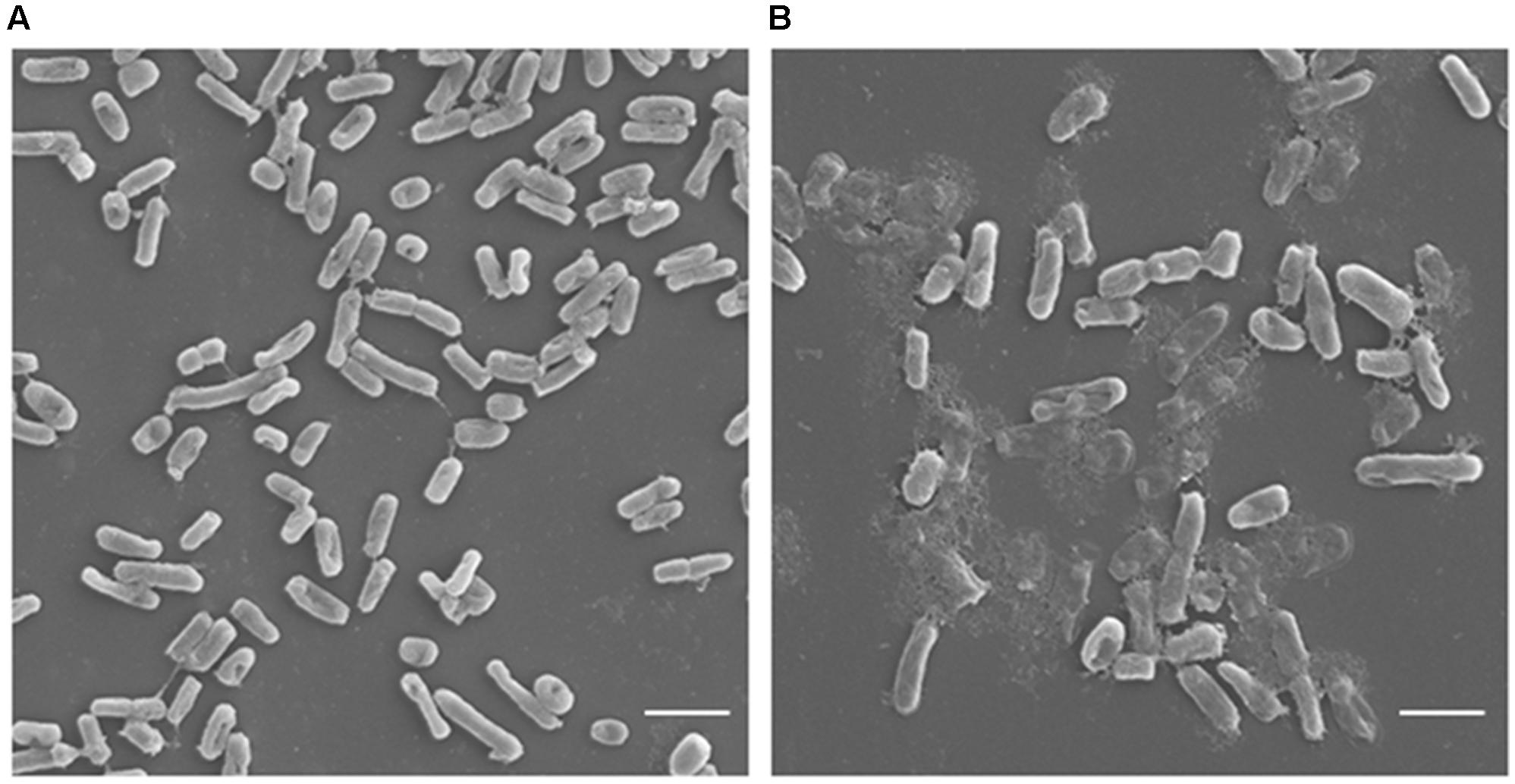


Frontiers Antimicrobial Potential Of Carvacrol Against Uropathogenic Escherichia Coli Via Membrane Disruption Depolarization And Reactive Oxygen Species Generation Microbiology


E Coli Bacteria Under A Microscope At 100x Magnification Mildlyinteresting



Direct E Coli Cell Count At Od600 Tip Biosystems
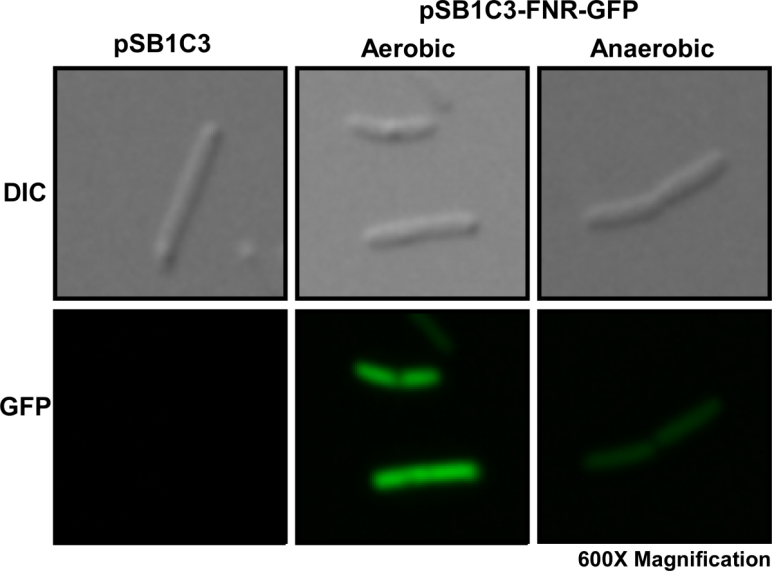


Part a K Parts Igem Org
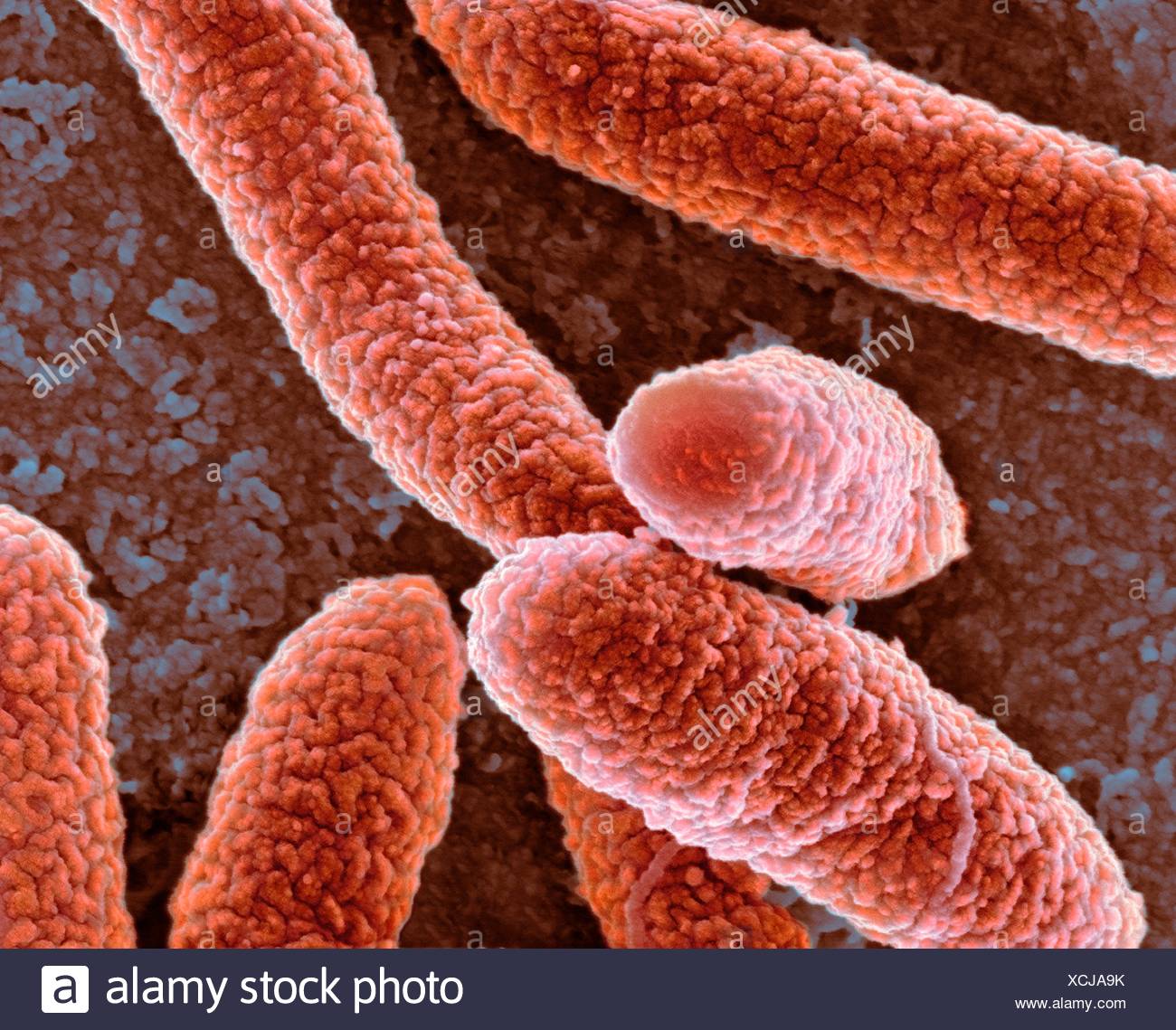


Coloured Scanning Electron Micrograph Sem Of Escherichia Coli Bacteria Magnification X27 800 When Printed At 10 Centimetres Stock Photo Alamy
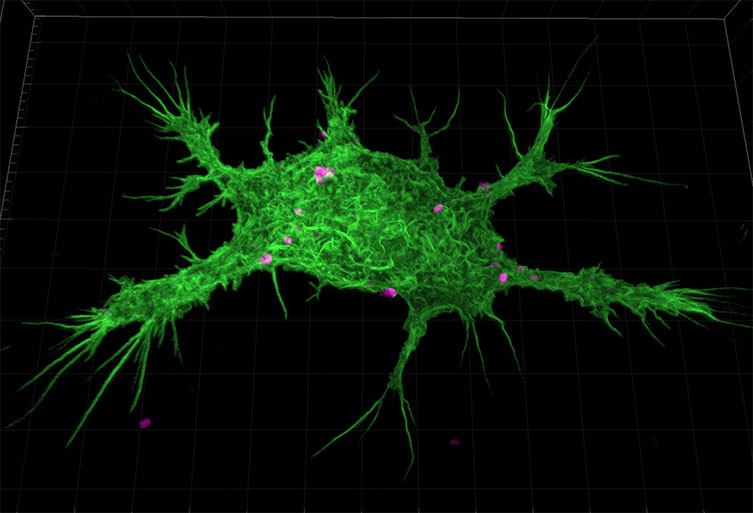


Advantages Of Using Escherichia Coli As A Model Organism Andor Learning Centre Oxford Instruments



Research Your Makeup Bag Likely Filthy With Bacteria Bemidji Pioneer
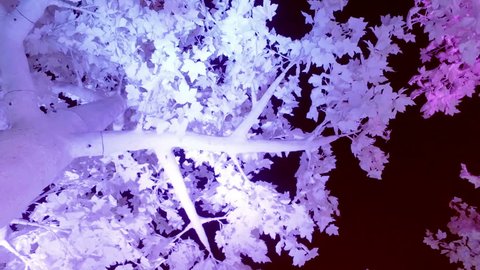


Escherichia Coli Bacteria E Coli Stock Footage Video 100 Royalty Free Shutterstock
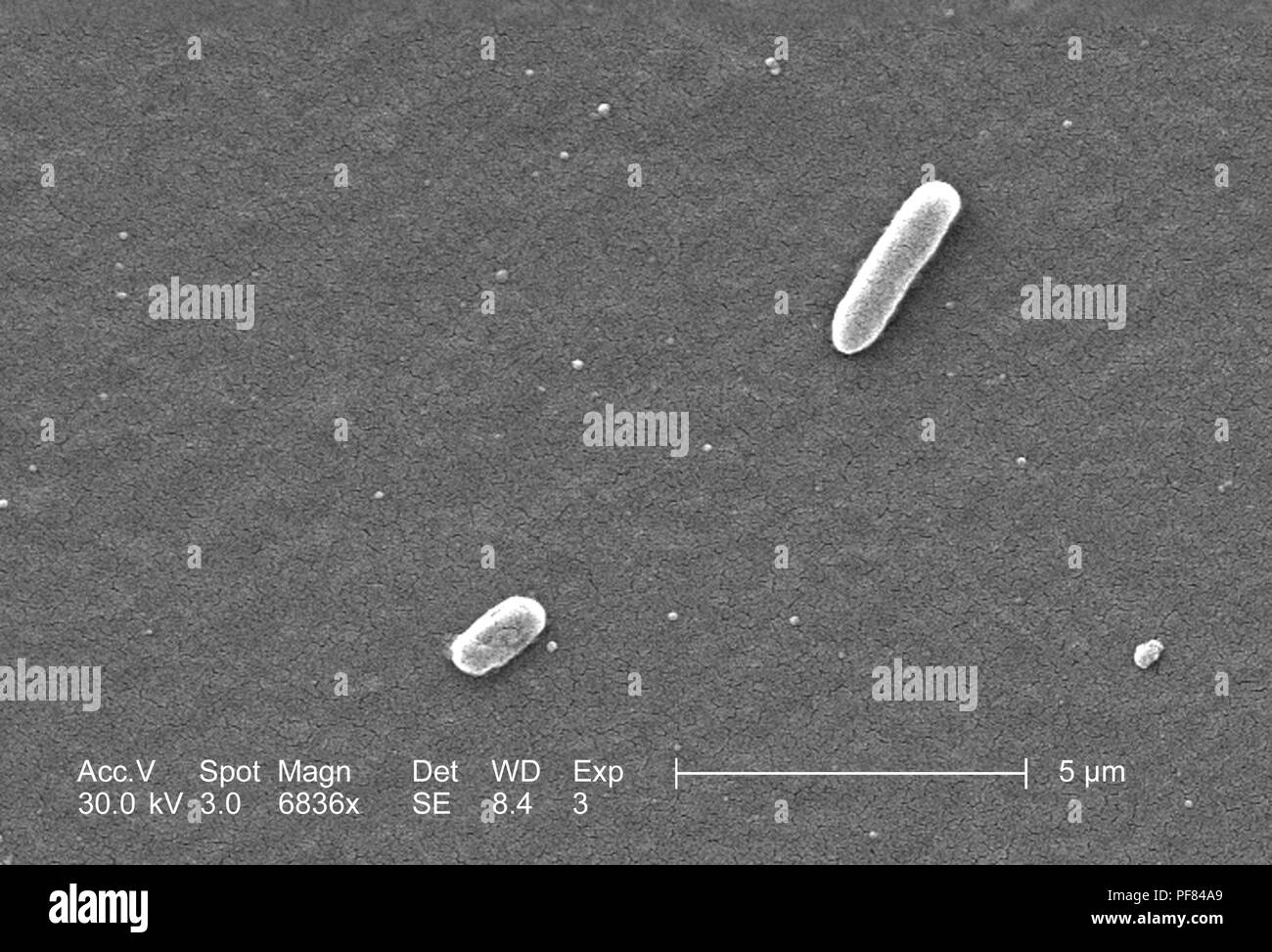


Gram Negative Escherichia Coli Bacteria Of The Strain O157 H7 Revealed In The 66x Magnified Scanning Electron Microscopic Sem Image 06 Image Courtesy Centers For Disease Control Cdc National Escherichia Shigella Vibrio Reference
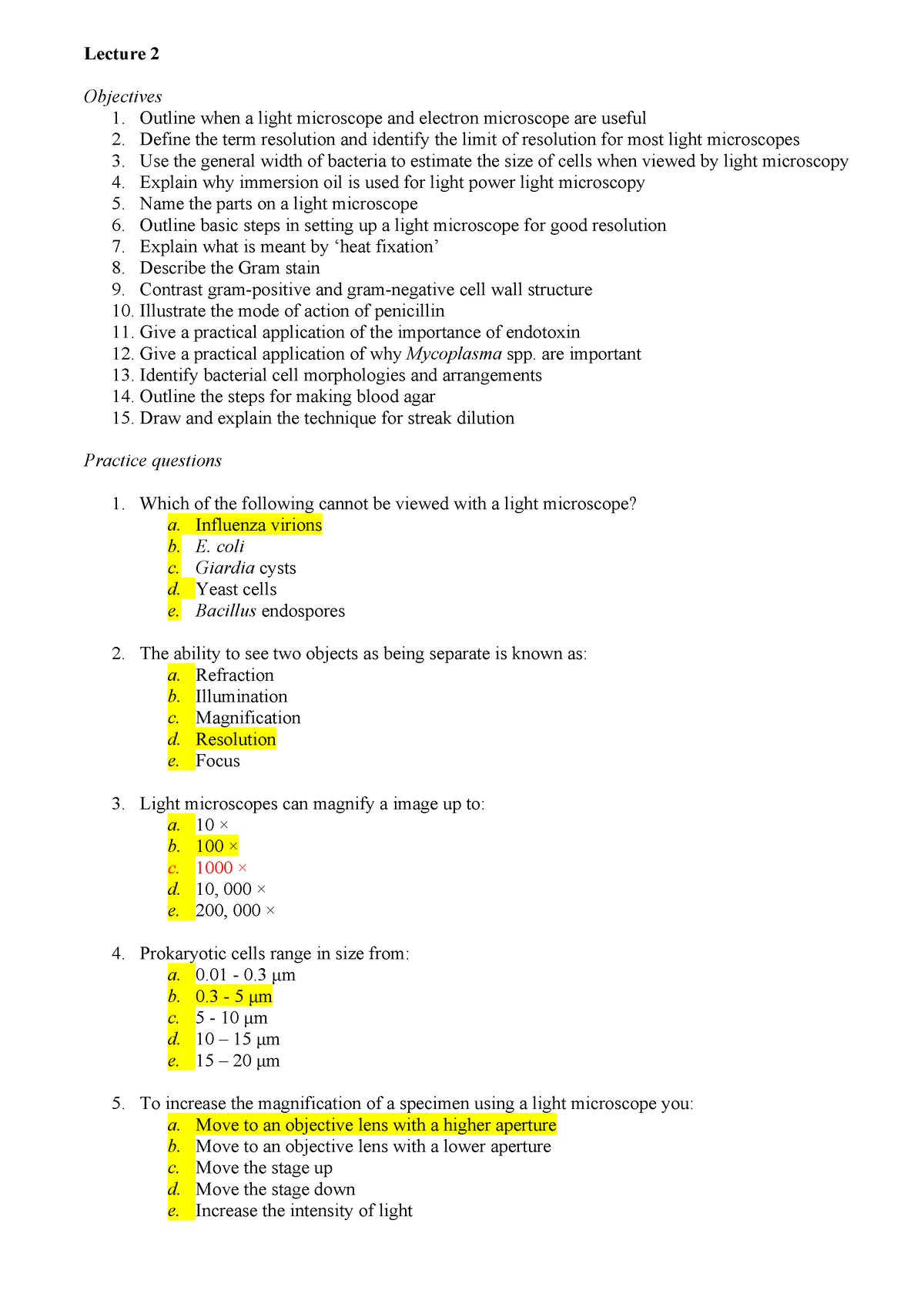


Practice Questions Biol2368 Studocu


Q Tbn And9gcqkye60ou Johpr02n Mbv1fferrjpdh Lnct7ymdf5qhyia1ld Usqp Cau


Niah Niah Pathogenic Organisms Observed By Electron Microscope Escherichia Coli
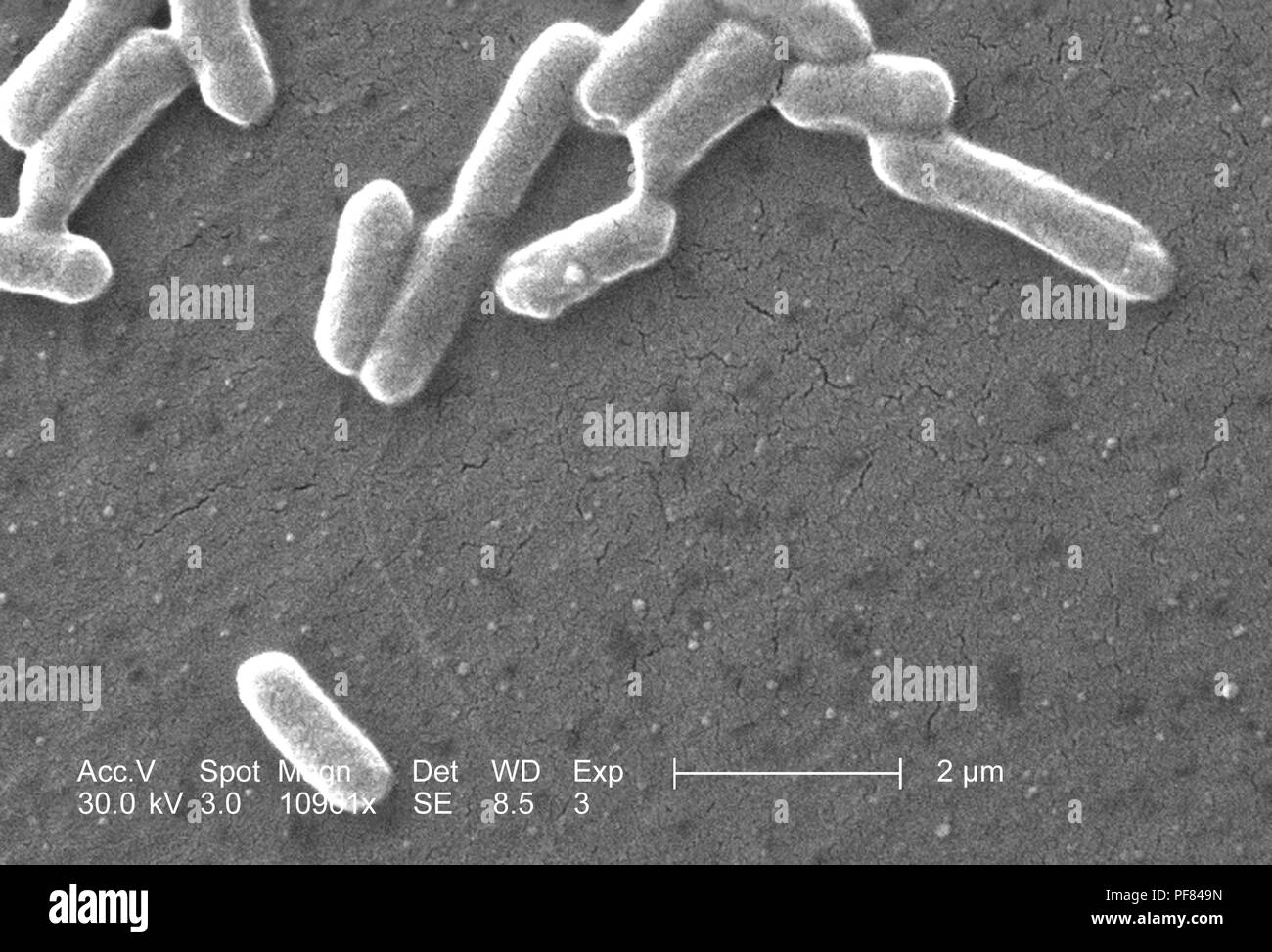


Gram Negative Escherichia Coli Bacteria Of The Strain O157 H7 Revealed In The x Magnified Scanning Electron Microscopic Sem Image 06 Image Courtesy Centers For Disease Control Cdc National Escherichia Shigella Vibrio Reference
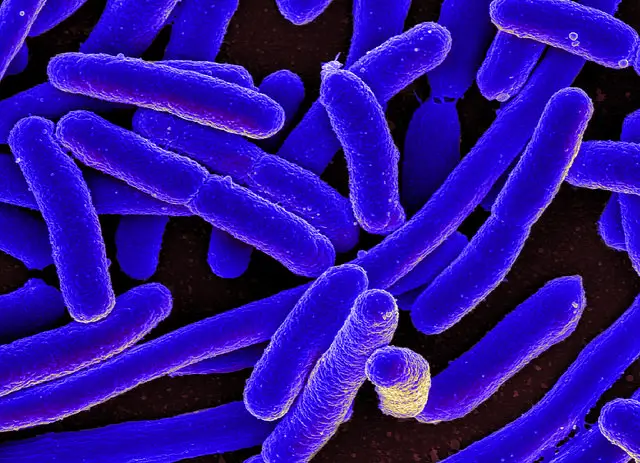


E Coli Under The Microscope Types Techniques Gram Stain Hanging Drop Method
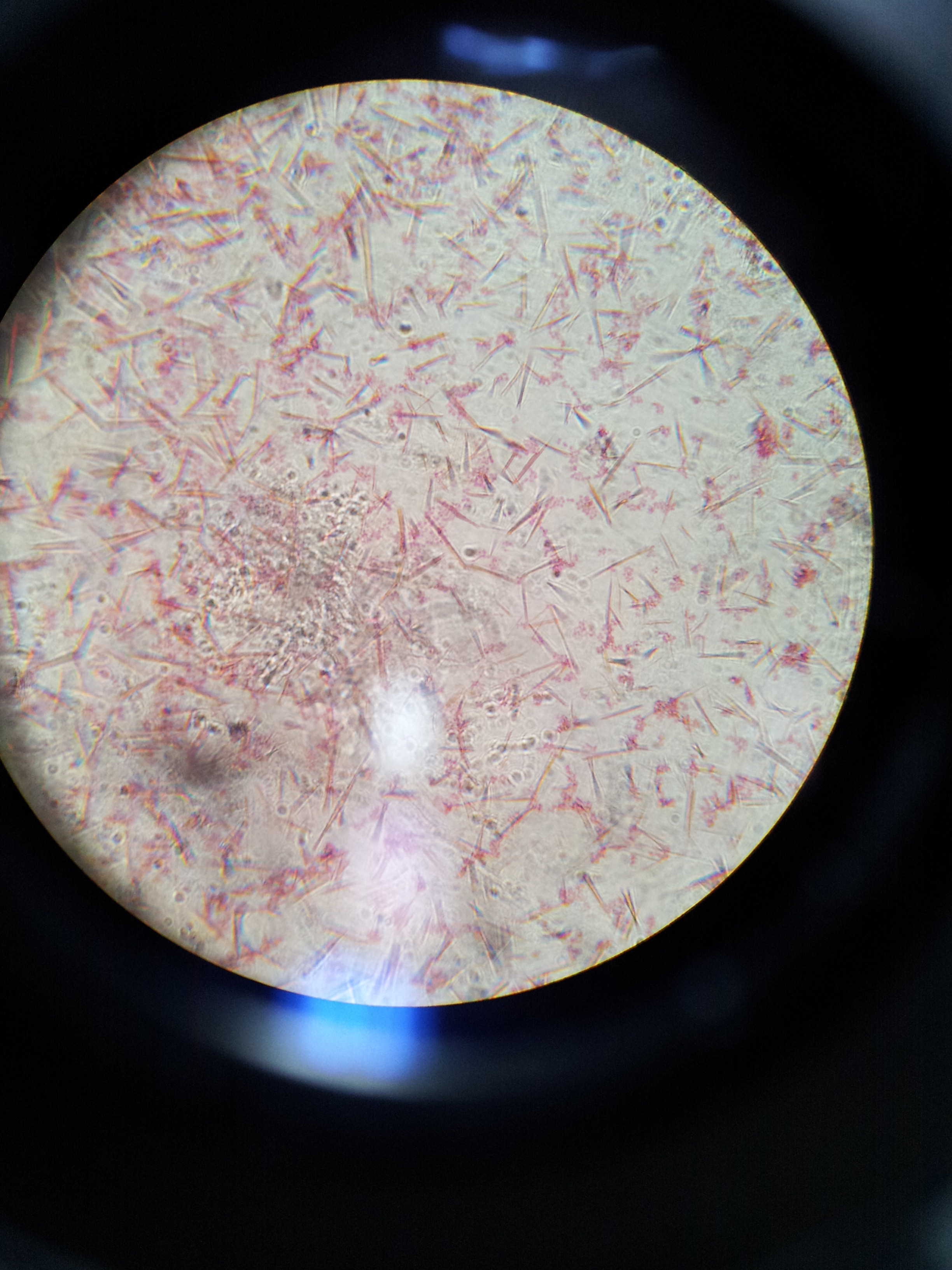


Lab 1 Principles And Use Of Microscope Ibg 102 Lab Reports



Bacterial Agglutination Of Escherichia Coli 972 Lgtce With Download Scientific Diagram
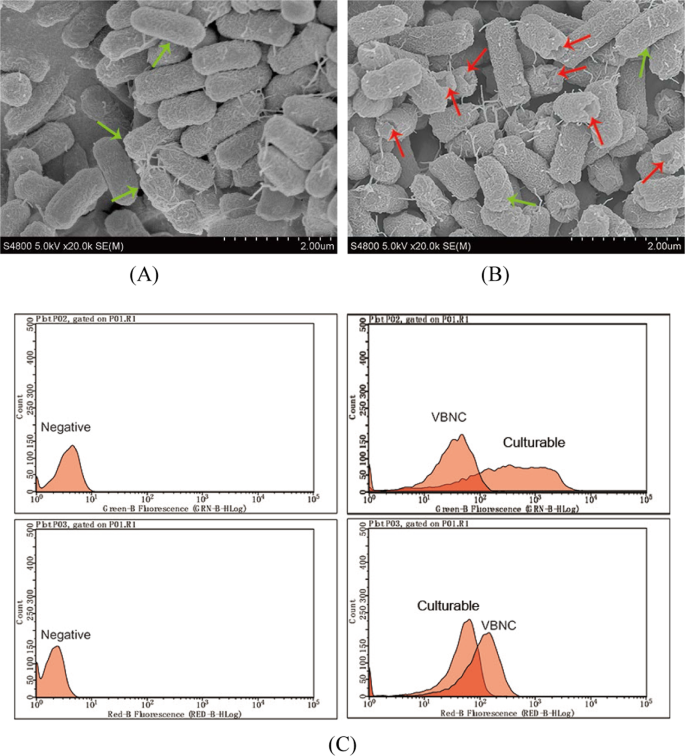


Characterization And Potential Mechanisms Of Highly Antibiotic Tolerant Vbnc Escherichia Coli Induced By Low Level Chlorination Scientific Reports



Magnification Bioninja


Gram Stain



Bacteria Infection Microscope Magnification Stock Photo Download Image Now Istock



Bacteria Under The Microscope E Coli And S Aureus Youtube


コメント
コメントを投稿